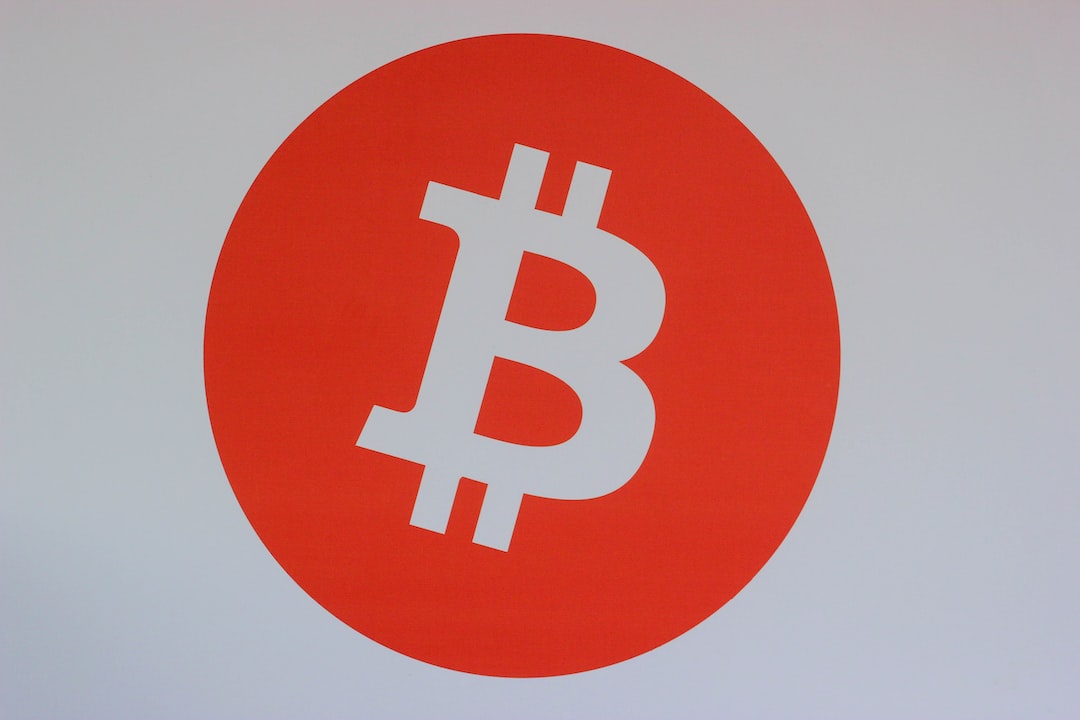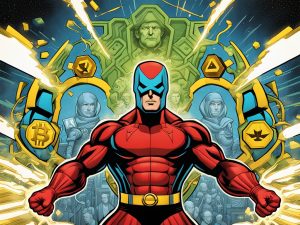Web3: The Evolution of P2P Networks and Interconnected Web Ecosystems
Are you familiar with the concept of Web3? If not, get ready to embark on a journey that will redefine the way we interact with the internet. Web3 is an emerging technology that promises to revolutionize the current centralized web infrastructure by introducing decentralized peer-to-peer (P2P) networks and interconnected web ecosystems. In this article, we will explore the key features and potential of Web3 while highlighting its significance in the cryptocurrency space.
What is Web3?
Web3, also known as the decentralized web or the internet of value, is an evolving ecosystem that utilizes blockchain technology and other decentralized protocols to create a more user-centric and secure internet. Unlike the traditional web, which relies heavily on centralized servers and intermediaries, Web3 aims to empower individuals and enhance their control over their digital identity, data, and assets.
How does Web3 work?
Web3 leverages distributed ledger technologies, such as blockchain, to enable direct peer-to-peer interactions without the need for intermediaries. It allows users to create and manage digital identities, store and trade assets, and participate in decentralized applications (dApps) on a trustless and transparent network. By removing the reliance on centralized entities, Web3 shifts the power dynamics and reduces the risks of censorship, data breaches, and privacy violations.
What are the main components of Web3?
Web3 comprises several components that work together to create a decentralized and interconnected ecosystem. Some of the key components include:
1. Blockchain: The underlying technology of Web3, blockchain ensures the immutability and security of transactions and data. It allows for transparent record-keeping and eliminates the need for intermediaries.
2. Cryptocurrency: Cryptocurrencies, such as Bitcoin and Ethereum, are an integral part of Web3. These digital assets enable secure and borderless transactions while serving as the incentive mechanism for network participants.
3. Smart Contracts: Smart contracts are self-executing agreements coded on blockchain platforms. They automate processes, enforce the terms and conditions, and eliminate the need for intermediaries in various applications like decentralized finance (DeFi) and decentralized exchanges (DEXs).
4. Decentralized Applications (dApps): dApps are web applications built on blockchain platforms. They offer various functionalities and services while ensuring the security, privacy, and control of user data.
Why is Web3 important for cryptocurrencies?
Web3 plays a crucial role in the cryptocurrency ecosystem by providing the necessary infrastructure for secure and decentralized transactions. It eliminates the reliance on centralized exchanges, reduces counterparty risks, and ensures the integrity of transactions. Web3 also facilitates the seamless integration of cryptocurrencies into various applications, enabling individuals to fully utilize their digital assets and participate in the emerging decentralized finance space.
What are the potential use cases of Web3?
The potential use cases of Web3 are vast and diverse. Here are some examples:
1. Decentralized Finance (DeFi): Web3 enables the creation of decentralized financial applications, including lending platforms, decentralized exchanges, and prediction markets. These dApps provide financial services without the need for intermediaries, offering greater accessibility and transparency.
2. Digital Identity Management: Web3 allows individuals to have ownership and control over their digital identities. It enables secure identity verification, eliminates the need for multiple logins and passwords, and enhances privacy and data protection.
3. Supply Chain Management: With Web3, supply chain management can become more transparent and efficient. Blockchain-based solutions can track and verify the authenticity of goods, reduce fraud, and ensure fair and ethical production practices.
4. Content Monetization: Web3 introduces new possibilities for content creators by enabling direct monetization through micropayments. It allows creators to receive fair compensation for their work without the need for intermediaries or invasive advertisements.
The Future of Web3
Web3 represents a paradigm shift in the way we interact with the internet. As the technology continues to evolve and mature, we can expect more innovative applications and solutions that empower individuals and reshape existing industries. However, it is essential to address challenges such as scalability, user experience, and regulatory frameworks to fully realize the potential of Web3.
So, are you ready to embrace the future of the internet? Web3 offers endless possibilities and disrupts the traditional centralized model. Get involved, explore the decentralized web, and join the revolution of interconnected P2P networks.
FAQs
Q: What is the difference between Web3 and Web2?
Web2 refers to the current centralized web infrastructure where intermediaries and centralized servers control data and transactions. Web3, on the other hand, aims to decentralize this infrastructure by leveraging blockchain and other decentralized technologies, empowering individuals and ensuring more secure and private interactions.
Q: How can I get involved in the Web3 ecosystem?
To get involved in the Web3 ecosystem, you can start by exploring decentralized applications (dApps) built on blockchain platforms like Ethereum. Participate in blockchain communities, learn about smart contracts and cryptocurrency wallets, and educate yourself about the potential use cases of Web3.
Q: Are cryptocurrencies the only use case for Web3?
No, cryptocurrencies are just one of the many use cases of Web3. Web3 can enable decentralized finance, digital identity management, supply chain solutions, and content monetization, among others. Its potential applications are vast and extend beyond the realm of cryptocurrencies.
In conclusion, Web3 represents the next phase in the evolution of the internet. By leveraging decentralized technologies, it offers a more secure, private, and user-centric web experience. The cryptocurrency ecosystem heavily relies on Web3 infrastructure, ensuring transparent and secure transactions. Embrace the decentralized revolution, explore the potential of Web3, and reshape the way you interact with the internet.





 By
By
 By
By
 By
By
 By
By
